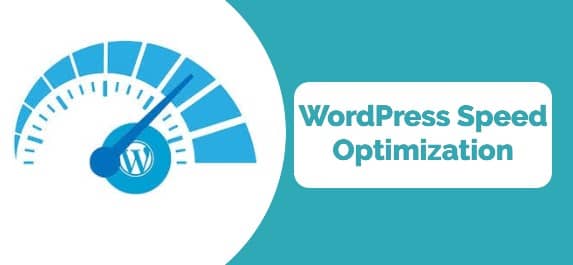- 24X7 WordPress Maintenance and Support Services Company
- +1-917-300-0312
- support@wpofficialsupport.com
Securing your WordPress website with SSL (Secure Sockets Layer) is essential for protecting the data exchanged between your site and its visitors. SSL encrypts this data, making it difficult for malicious actors to intercept or manipulate sensitive information. Here’s a guide to implementing SSL security on your WordPress website:
1. Obtain an SSL Certificate: WordPress website security is very essential in todays time. You can obtain an SSL certificate from a trusted Certificate Authority (CA). There are different types of SSL certificates, including:
- Domain Validated (DV) Certificates: These are basic certificates that verify domain ownership.
- Organization Validated (OV) Certificates: These validate the domain owner’s legal existence.
- Extended Validation (EV) Certificates: These provide the highest level of validation, displaying the organization’s name in the browser’s address bar.
You can purchase an SSL certificate from reputable providers like Let’s Encrypt, Comodo, DigiCert, etc. Some hosting providers also offer free SSL certificates.
2. Install the SSL Certificate: After obtaining the SSL certificate, you need to install it on your web server. Many hosting providers have simplified this process, allowing you to install SSL certificates with a few clicks. Otherwise, you might need to follow your host’s instructions or contact their support for guidance.
3. Update WordPress Settings: Once the SSL certificate is installed, update your WordPress settings to use HTTPS instead of HTTP. To do this:
- Go to your WordPress admin dashboard.
- Navigate to “Settings” > “General.”
- Update both the “WordPress Address (URL)” and “Site Address (URL)” fields to start with “https://.”
4. Update Internal Links: Search your website for any internal links that use HTTP. Update these links to use HTTPS to ensure all content is delivered securely.
5. Set Up a Redirect: Configure a redirect from HTTP to HTTPS to ensure that visitors are automatically redirected to the secure version of your website. You can do this using the “.htaccess” file or through your hosting provider’s control panel.
6. Mixed Content Fix: Mixed content occurs when some elements (e.g., images, scripts) on your site are loaded over HTTP, even if your site is using HTTPS. This can cause browsers to display security warnings. Use a plugin like Really Simple SSL to automatically fix mixed content issues.
7. Update Google Analytics and Search Console: If you’re using Google Analytics or Google Search Console, update your website’s URL to the HTTPS version to ensure accurate tracking and indexing.
8. Update Social Media and Backlinks: If your website has been shared on social media or other websites, update those links to use HTTPS as well.
9. Maintain Regular Backups: Regularly backup your website so that you have a recent copy in case of any issues during the SSL implementation process.
Implementing SSL security is a crucial step in enhancing your wordpress website security and protecting user data. Once SSL is properly set up, your visitors will have a more secure browsing experience, and your site will be better equipped to withstand potential security threats.


